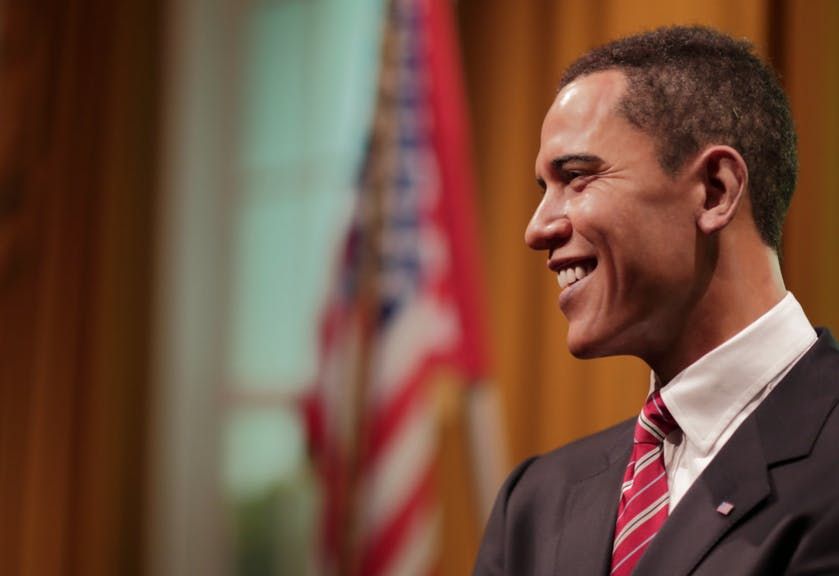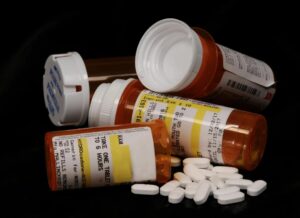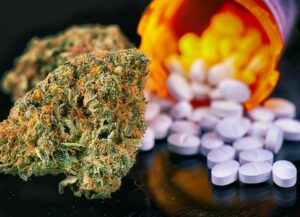The focal point of President Obama’s final State of the Union address —
the opiate epidemic — appeared to highlight the urgency with which the
administration regards the problem. Yet when I took a closer look at the
way the issue was framed, I noticed the discussion was clearly meant to
focus my attention on a specific aspect of this complex issue.
In the end, Obama’s solution offers a narrow approach to the larger
problem. The proposed solution? Prescribing more synthetic opiates. Yes,
I’m afraid this new war on drugs involves drugs and more drugs.
Meanwhile, those suffering from chronic pain are left without effective
remedies, despite the fact that a safe, natural and effective treatment
for chronic pain already exists. Why is the Obama Administration not
reclassifying cannabis as part of the solution, when it is documented to
have helped thousands of
people,
without the debilitating side effects and impaired quality of life that
comes with prescription opiate use?
The facts on opioid addiction
How did so many Americans become addicted to opiates? The answer boils
down to pain relief: These people were in pain, and they sought relief
from a doctor. Heroin grabs a lot of sensational headlines, but it is
not the greatest part of substance abuse. According the American
Society of Addiction
Medicine,
of the 21.5 million Americans who faced substance abuse and addiction in
2014, only 586,000 used heroin. About 1.9 million Americans were
addicted to prescription drugs. Four in five heroin users got their
start using prescription painkillers, and they only turned to street
drugs when they could no longer obtain prescription drugs.
In 2012, doctors wrote 259 million prescriptions for opiates, enough to
give each American a bottle of narcotics. It comes as no surprise to me
to learn people are now dying in record numbers from unintentional
overdoses. This number has spiraled steadily upward since 1999; in 2014
there were 47,055 drug overdose deaths in the United States due to
prescription opioids.
Treating pain with more pain
President Obama released his first National Drug Control Strategy in
2010, which emphasized the need for action to address opioid misuse and
overdose, while also promising that individuals with pain would receive
safe, effective treatment. While the new CDC prescribing
guidelines do
recommend limiting and monitoring opiate prescriptions, they are unclear
about the effective, proven solutions for patients suffering from
chronic pain.
Monitoring, limiting and controlling prescription opiates may help
prevent overdoses and future abuse, but it begs a few questions about
what the problem really is. The biggest initiatives circulated by the
administration ignore the scope of the problem entirely and promote
other synthetic drugs such as methadone and buprenorphine.
Buprenorphine, approved in 2002, is similar to methadone, but it can be
prescribed privately in a doctor’s office. One key measure to the
administration’s approach to the opiate epidemic is the mandate to
double buprenorphine prescriptions.
A new class of addict
According to their proponents, these drugs work to ease and mediate
opiate addiction by providing a less dangerous alternative once a user
is already ensnared in the opiate trap. In reality, though, methadone
and buprenorphine are still dangerous and additive drugs, and both can
lead to abuse and
overdose.
Such an approach seems more like a defense of our national prescription
drug habit than an attack on it.
Prescription opiates were never a good solution for chronic pain, since
they formed a recipe for addiction. While the medical community
belatedly embraces this insight, it is unclear which remedies doctors
will have to relieve pain and suffering. In the face of such a crisis,
the reclassification of marijuana might help millions of Americans who
cope with chronic
pain,
but this solution is conspicuously absent from the solution. I ask you,
Why isn’t this natural plant, known to be non-addictive and not linked
to a single
death,
part of the conversation?
Patient survey
HelloMD conducted a survey of medical marijuana
patients in
January 2016, as one of the largest and most comprehensive studies of
its kind. Chronic pain topped the list of conditions from which people
sought relief, and 84 percent of respondents strongly agreed that
medical marijuana effectively treated their symptom. In addition to
relief from their primary condition, respondents named many beneficial
side-effects, including improved mental state, relaxation and better
sleep patterns. There were few to no reports of negative consequences.
According to the National Institute on
Health,
pain impacts more Americans than diabetes, heart disease and cancer
together, and it is a top reason why people access the health care
system. Pain is a leading cause of disability and has a major impacts on
productivity and quality of life.
Furthermore, pain demands action. If people are unable to access
effective treatment for their pain, they may turn to heroin and other
illegal substances to find relief, and we may witness an even worse
epidemic.
How federal funds should be used
The federal government is asking Congress for $1.1 billion in funds to
fight the opiate epidemic. This money could help doctors prescribe
marijuana to sufferers of chronic pain, and it could support growers and
labs and help produce an important body of research on this natural
remedy.
Instead, most of the new funding is earmarked to "expand access to
medication-assisted treatment for opioid use disorders." I’m sure this
funding will effectively function as a subsidy to the same
pharmaceutical interests that produced the drugs that created this
epidemic in the first place.
Does this circular solution really make sense?






